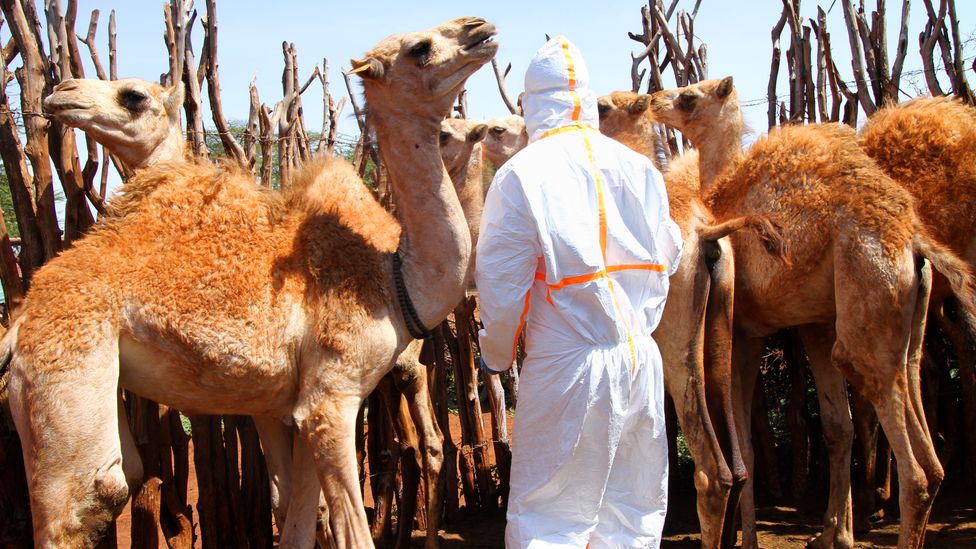
Scientists determine Camel flu is an infection risk for fans attending the World Cup in Qatar. Here’s more on the deadlier cousin of COVID-19.
What is Camel flu?
Football fans traveling to Qatar for the 2022 FIFA World Cup are at risk of contracting camel flu or Middle East respiratory syndrome (MERS) which is commonly known as Camel flu. Over 1.2 million people are expected to gather for the World Cup. Fans are at a higher risk of contracting rabies, malaria, dengue, cutaneous leishmaniasis, travelers’ diarrhea, and hepatitis A and B.
A study published in the New Microbes and New Infections journal reveals that people are at a higher risk of catching the infection during the four weeks of the sporting event. As per the study, mass gatherings increase the risk of the disease spreading. Studies and data reveal it is more lethal than COVID-19. Over the last decade, dozens of people in Qatar have been affected by the disease, killing about 35 percent of the infected. The infection originates from a type of coronavirus in camels.
Camel flu: More on the deadly virus

As per the World Health Organization (WHO) experts, Camel flu may transmit to humans from infected dromedary camels. However, the virus is seen in dromedaries across the Middle East, South Asia, and Africa. The WHO statement added that human-to-human transmission of the virus is possible. Currently, human-to-human transmission is in those in close contact with the infected person.
Since 2012, a total of 27 nations have reported the disease, leading to 858 known deaths. However, outbreaks outside the Middle East are minimal. Common symptoms of Camel flu include cough, fever, and shortness of breath. While there are no definite treatments or vaccines at the moment, they are in development. Treatment for the disease is supportive and based on the clinical condition of the patient. The WHO recommends that people avoid contact with dromedary camels, consumption of uncooked meat, drinking raw camel milk or urine.






